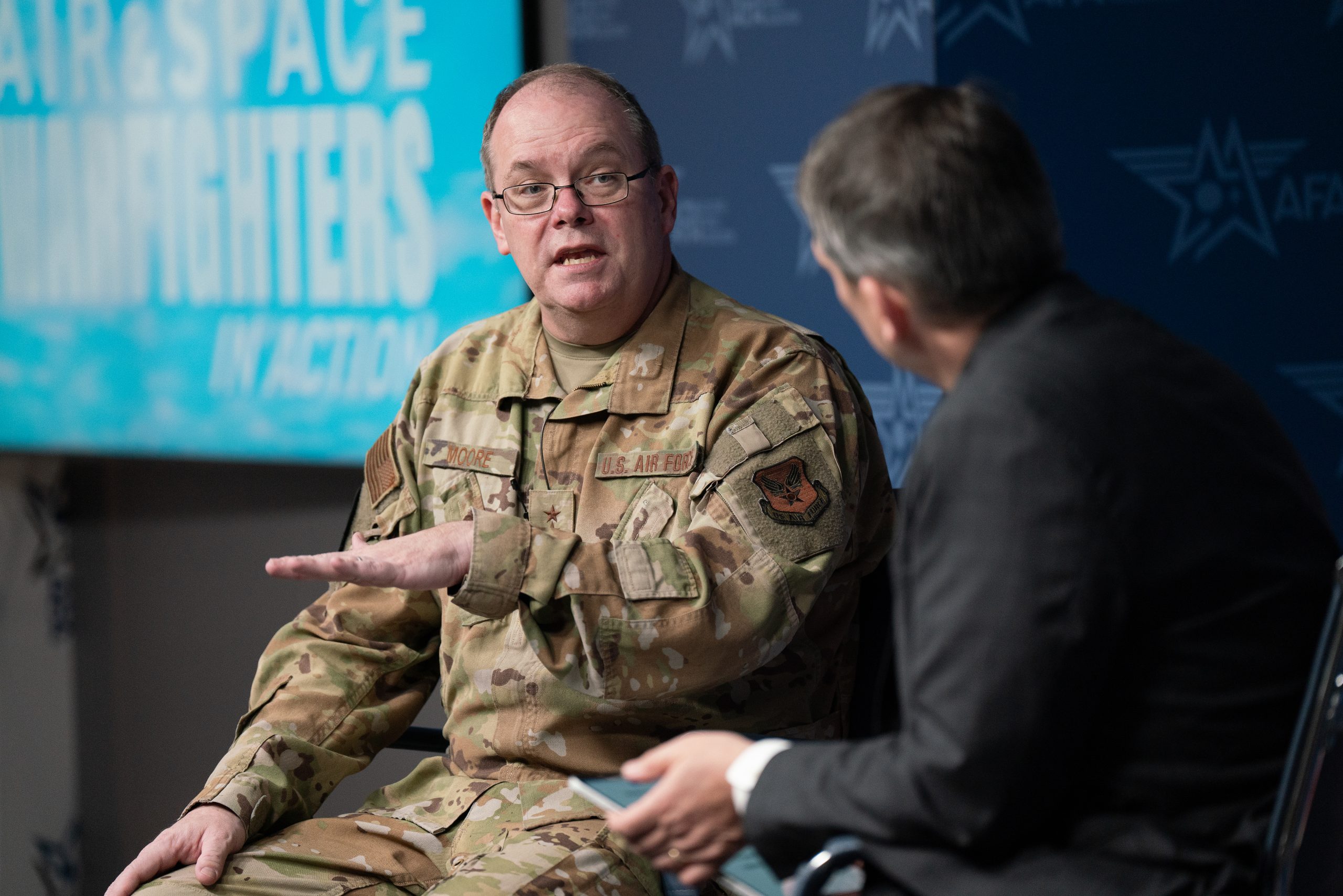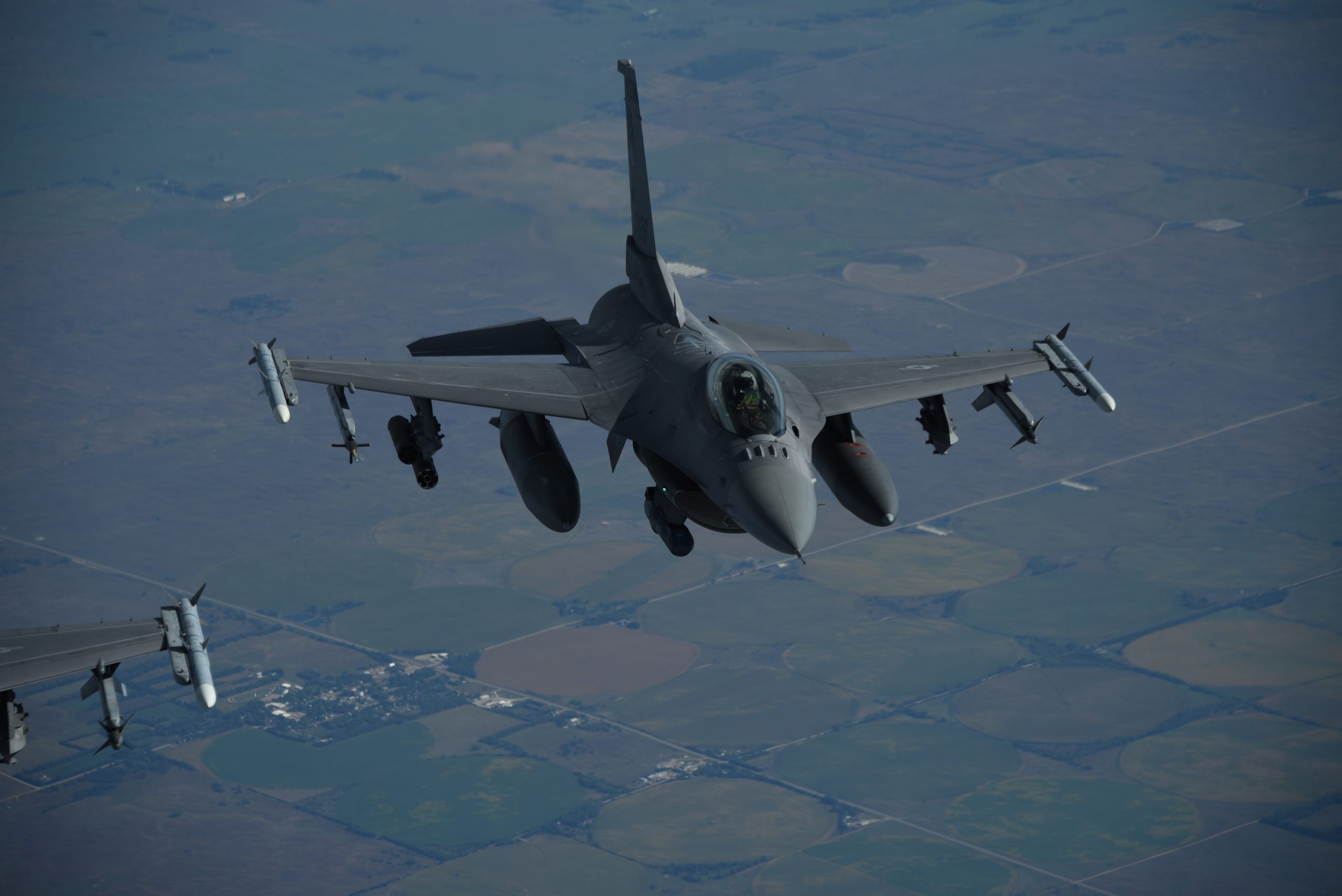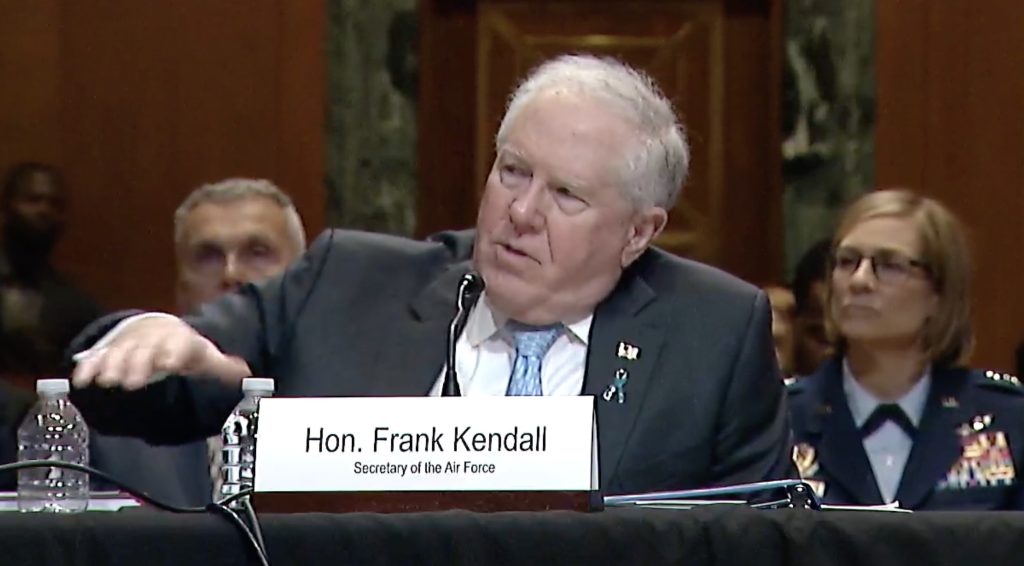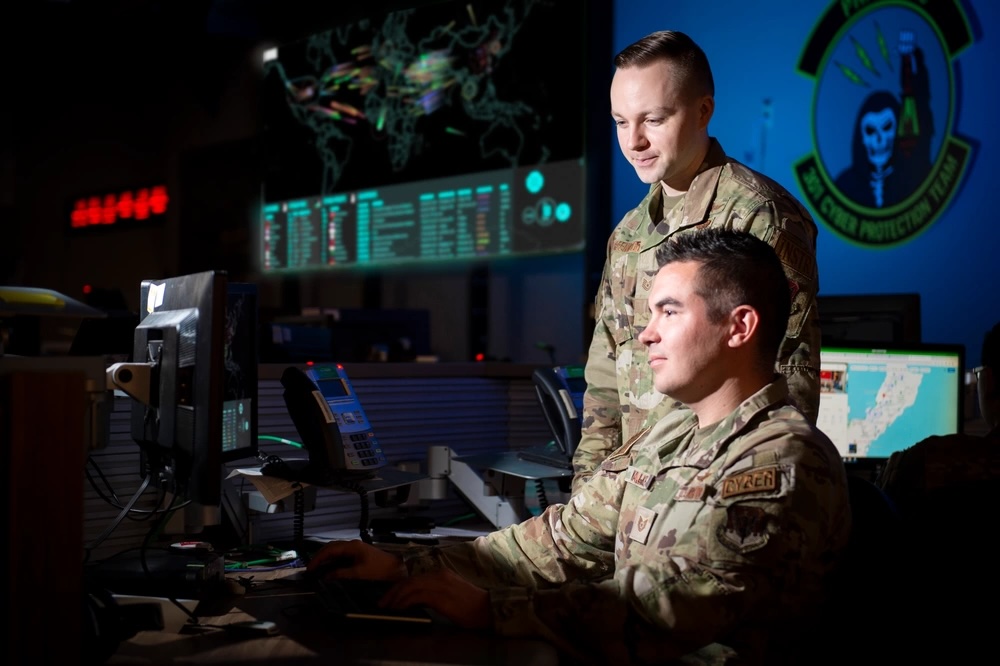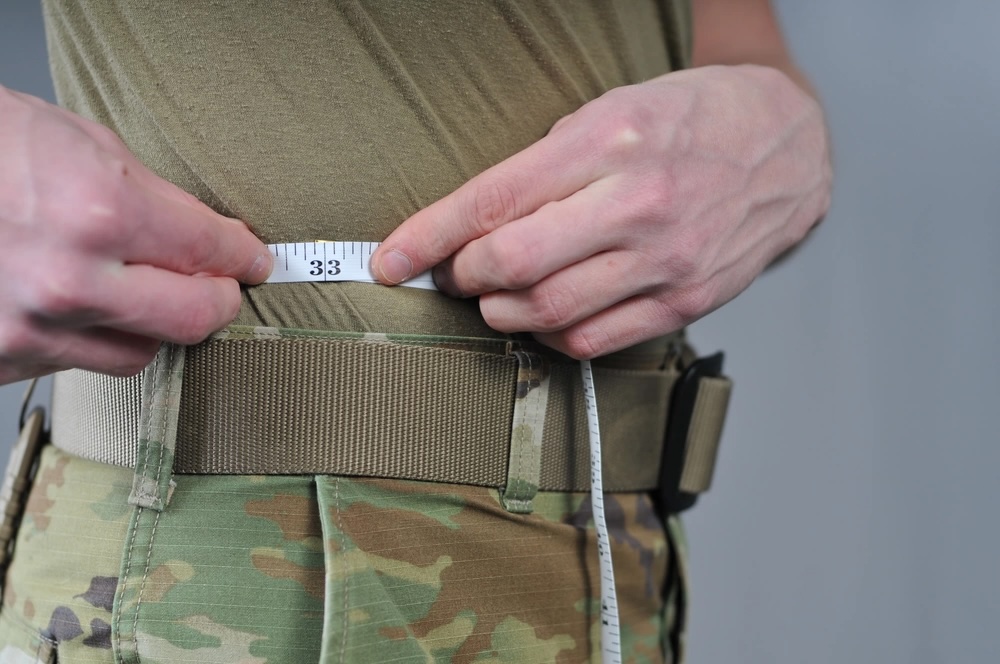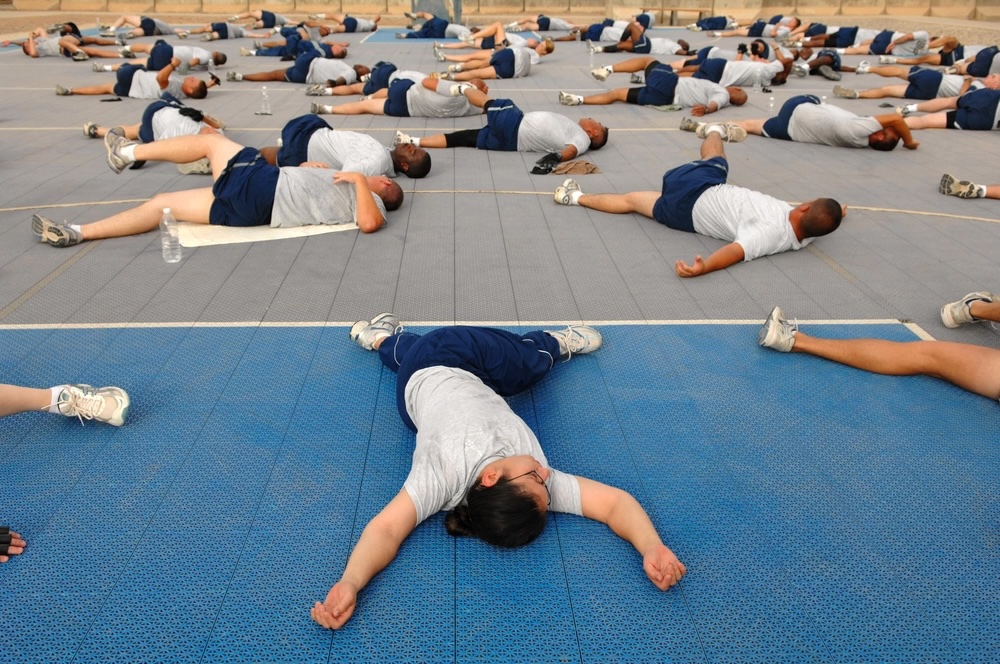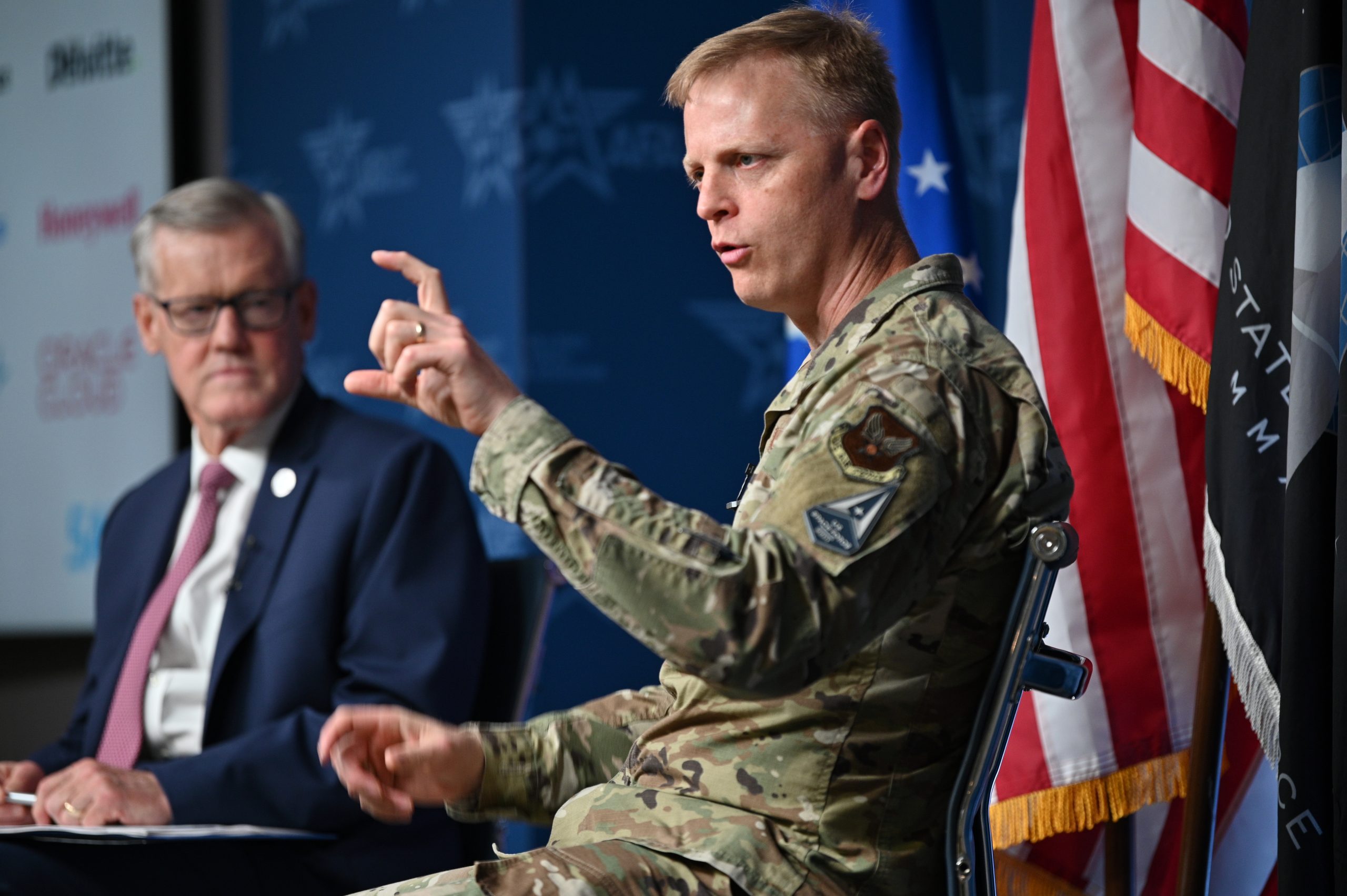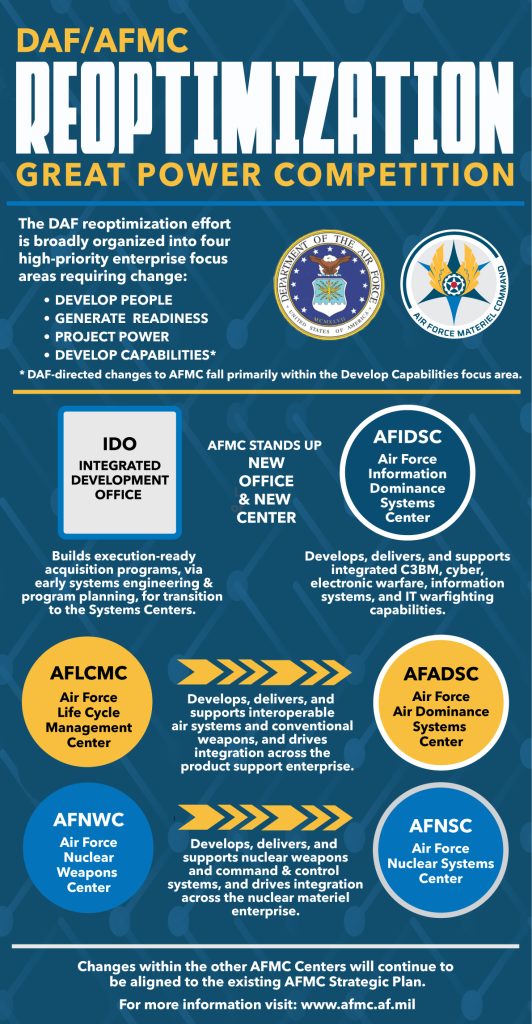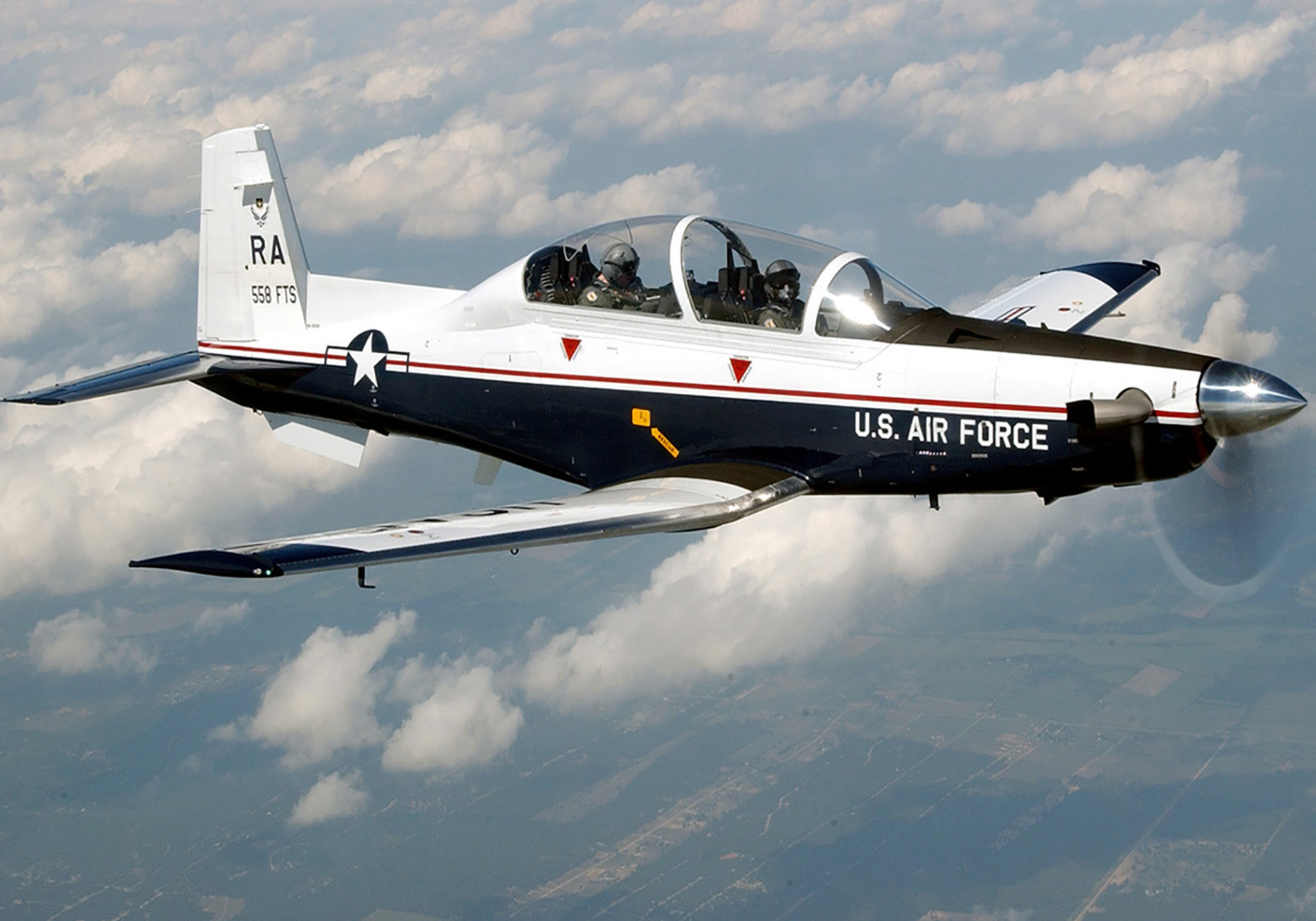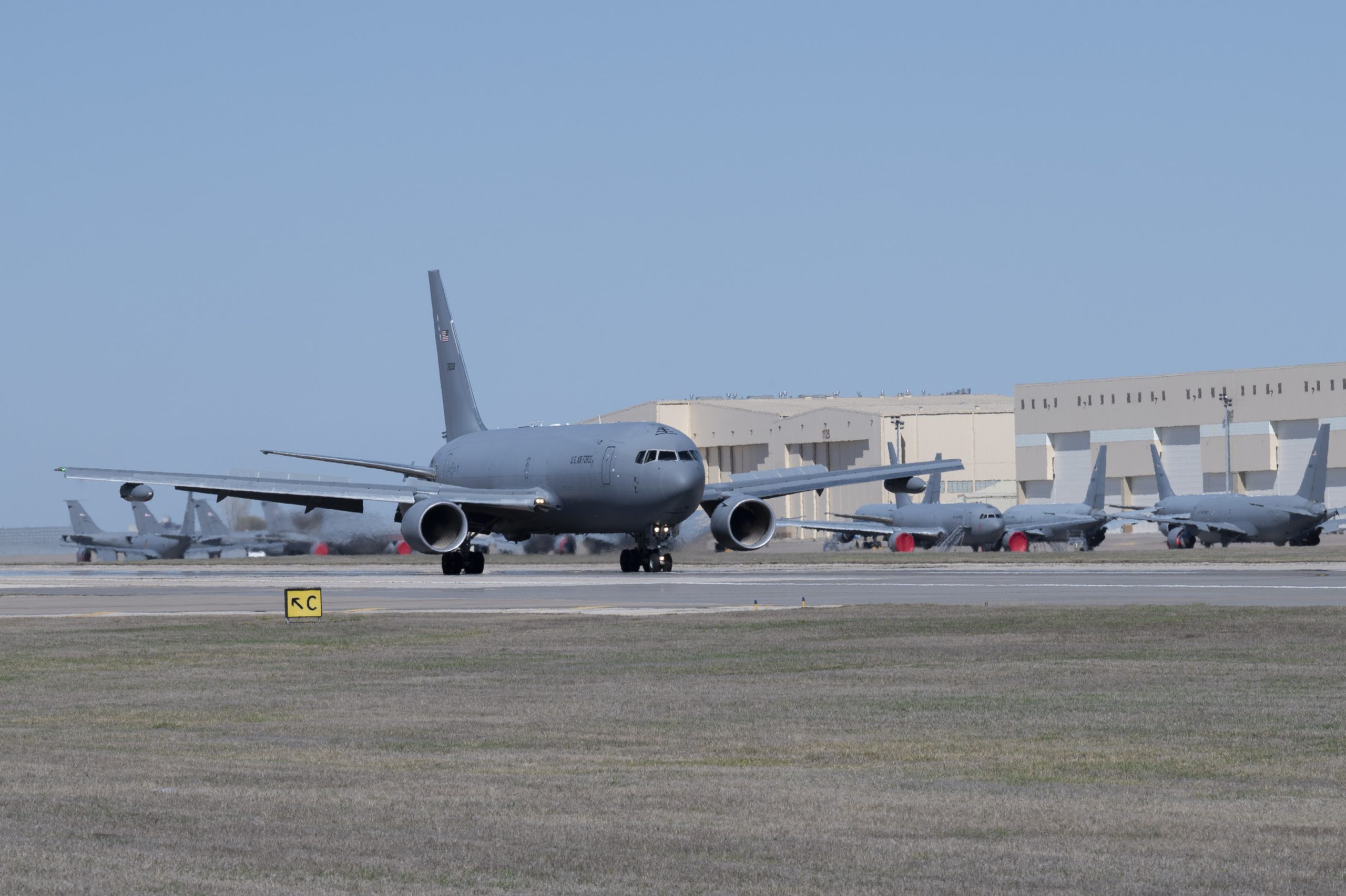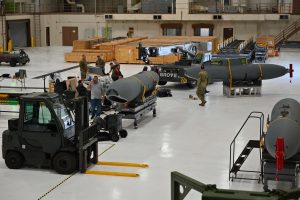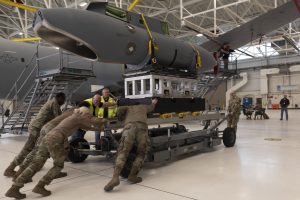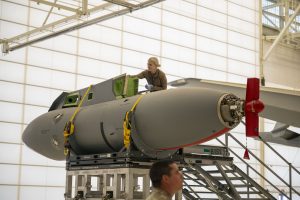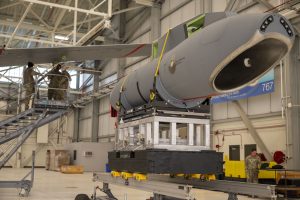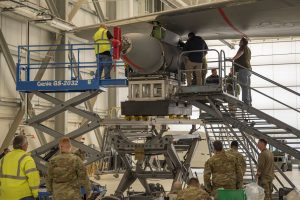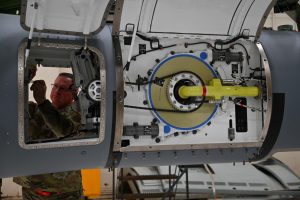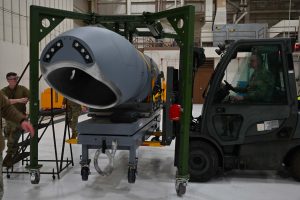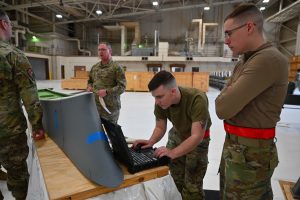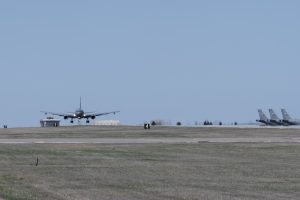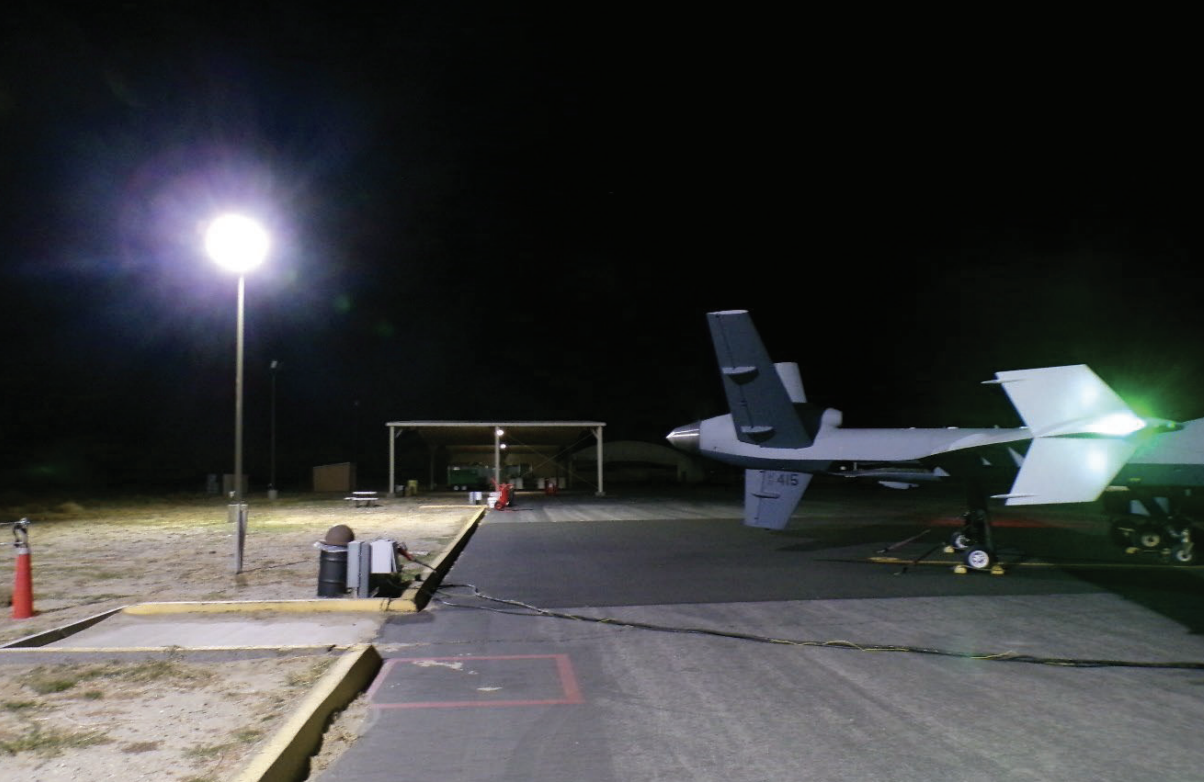The Pentagon’s space assets need to be able to maneuver in orbit, be refueled and repaired, and keep going, the head of U.S. Space Command said April 9—and those capabilities need to be fielded quickly to deter conflict.
Gen. Stephen N. Whiting made the case for “dynamic space operations” during a keynote address at the Space Symposium in Colorado Springs, Colo., as part of his goal of readying SPACECOM for 2027—when Chinese president Xi Jinping has ordered his military to be ready to seize Taiwan—and preparing for the future after that too.
“We must maximize combat readiness by 2027,” Whiting said. “All of us at U.S. Space Command are laser focused on improving all of our existing forces and capabilities, so that we can stitch them together seamlessly when called upon. Now we’re also working with capability providers to try to deliver as much new capability as we can within the next three years.”
“I like to say our event horizon goes out to about 2027,” he later added. “But we must be thinking beyond 2027 as well to help shape military spacepower for the future fight.”
To accomplish those goals, Whiting cited several moves SPACECOM has made in recent months: adding France, Germany, and New Zealand to Operation Olympic Defender, the formal, overarching international effort to deter hostile actions in space; adding more companies to its Commercial Integration Cell; and declaring a minimum viable product for its Capability Assessment and Validation Environment (CAVE).
“CAVE is our modeling and simulation laboratory which enables us to perform analysis on warfighting, on plans, on campaigning,” Whiting explained. “And we’ll use that to derive better ways of deterring, and planning to conduct operations for a war that’s never happened and a war we don’t want to happen.”
But there is still more to be done.
“We want to remain in enduring competition and not progress into crisis or conflict,” Whiting said, referencing Chief of Space Operations Gen. B. Chance Saltzman’s signature “competitive endurance” theory. “And to do that, there are a couple important capabilities that we need to field quickly.”
First on Whiting’s list is “dynamic space operations.” Right now, satellites minimize movement in orbit as much as possible to conserve fuel. Once they run out, their service life is over. Previous SPACECOM leaders have proposed a shift to refuellable satellites that can move to avoid threats or get closer to inspect other objects in orbit, kept going by tanker satellites.
“It’s time to bring dynamic space operations and on-orbit logistics and infrastructure to the space domain,” Whiting declared. “The days of energy-neutral positional operations in space need to end. It’s time to bring sustained space maneuver to the AOR. Now, sustained space maneuver will change how we operate, opening up new tactics, techniques, and procedures and operating concepts; and allowing operations until the mission is complete, not until the fuel we launched with runs out.”
Whiting is not alone in advocating for the idea. Kelly D. Hammett, director of the Space Rapid Capabilities Office, has said his organization is now only building satellites that can be refueled, and Space Systems Command has asked industry for more information on the topic.
Saltzman has said dynamic operations is only in the “good idea phase,” but Whiting called for “investment in sustained space maneuver technologies.” Should that come to pass, the Pentagon will have options: contractors Northrop Grumman and OrbitFab have both unveiled refueling interfaces and concepts for how they would service satellites in orbit.
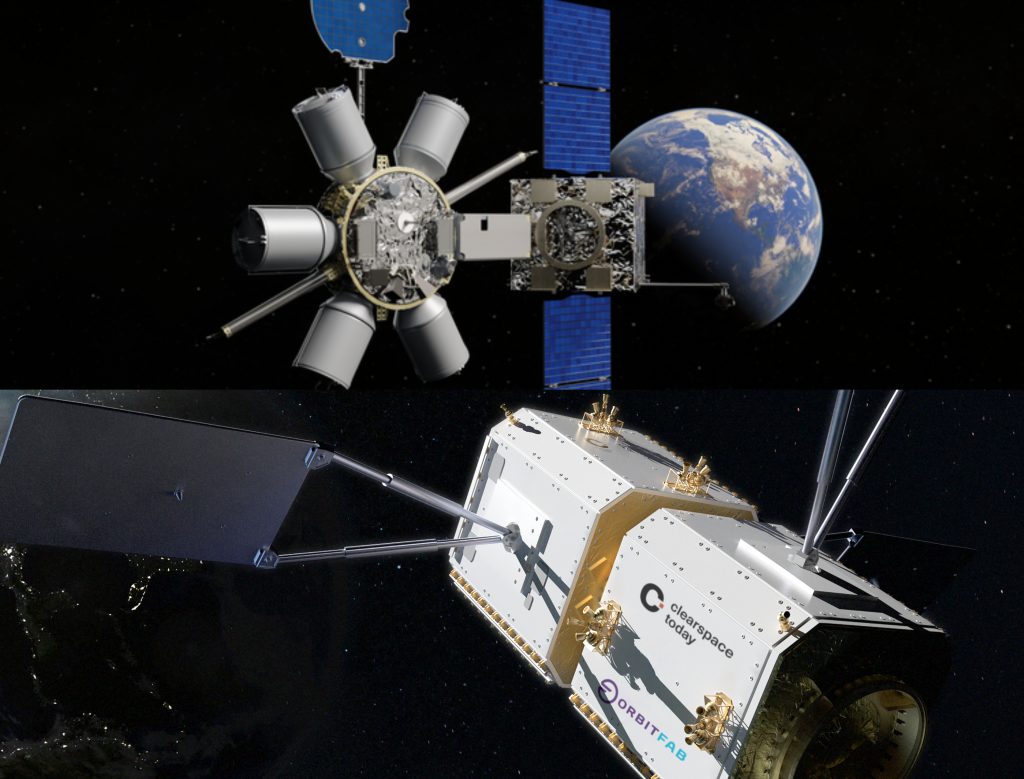
In its fiscal 2025 budget request, the Space Force asked for $16 million for research and demonstrations related to On-Orbit Servicing, Mobility, and Logistics.
In addition to sustained maneuver, Whiting also said the Space Force needs to “activate a commercial reserve.” Leaders have discussed the Commercial Augmentation Space Reserve for months, but the process is likely to accelerate now that the Pentagon has unveiled its Commercial Space Integration Strategy and the Space Force is expected to reveal its commercial strategy imminently.
Ultimately, Whiting said, maximizing readiness by 2027 and building the future will require a “committed coalition of U.S. government stakeholders, allies and partners, commercial industry, and academic institution” to share information and good ideas.

